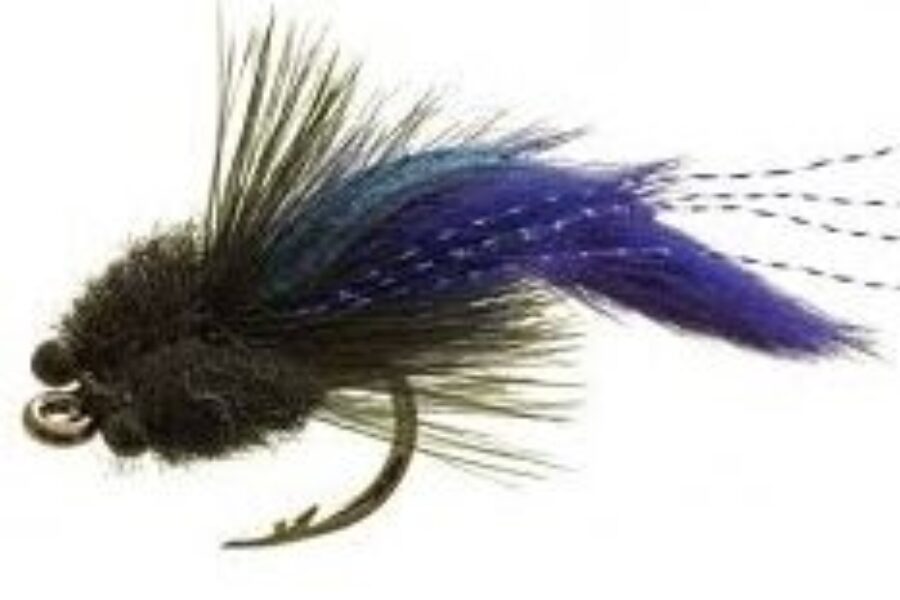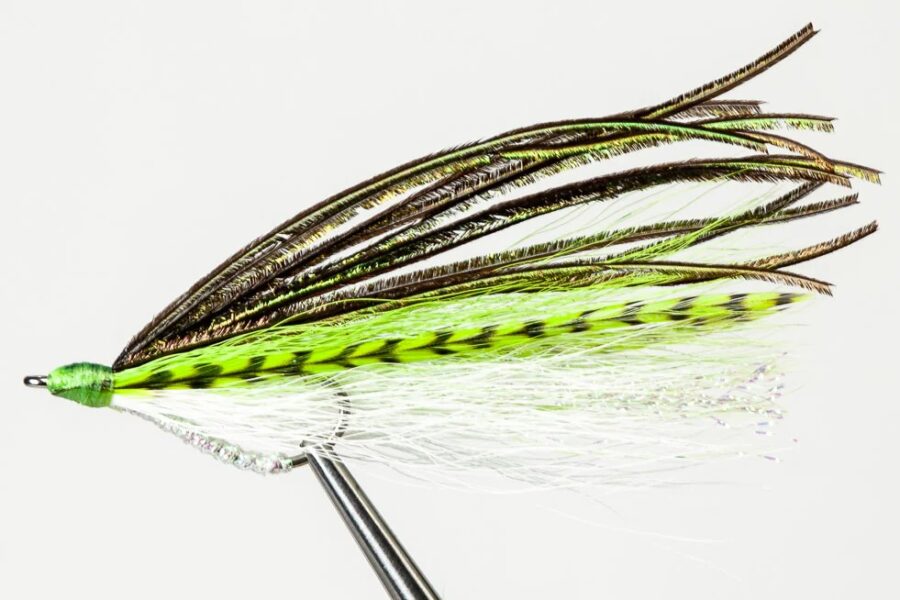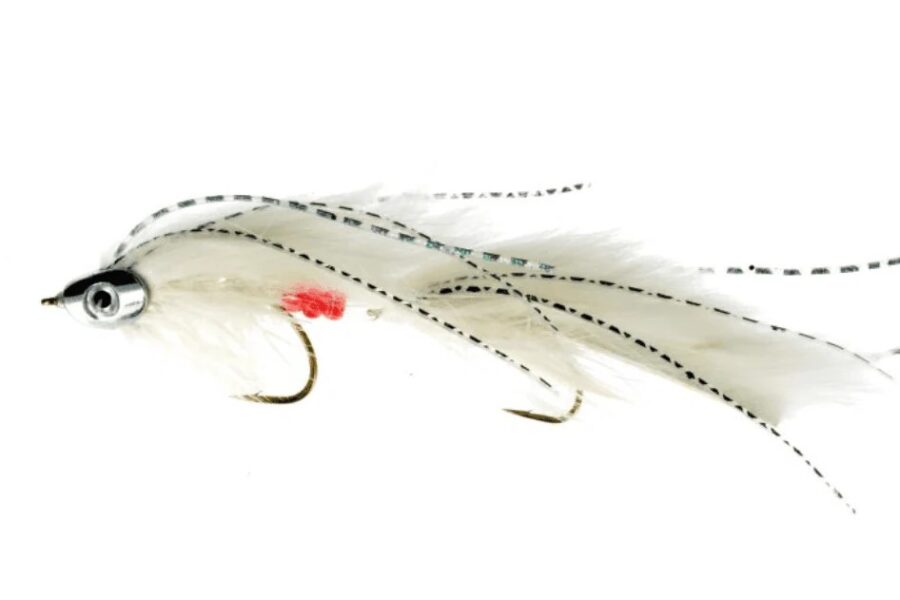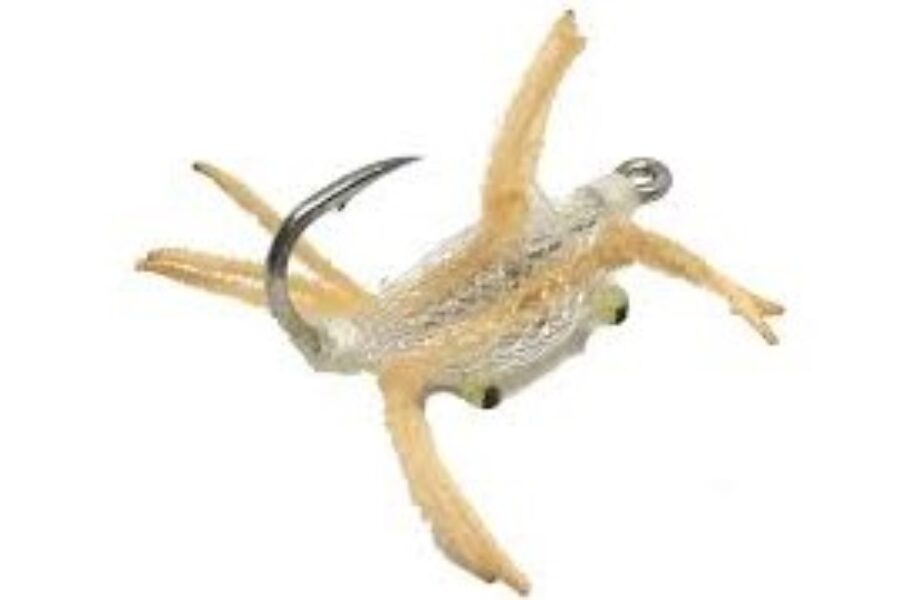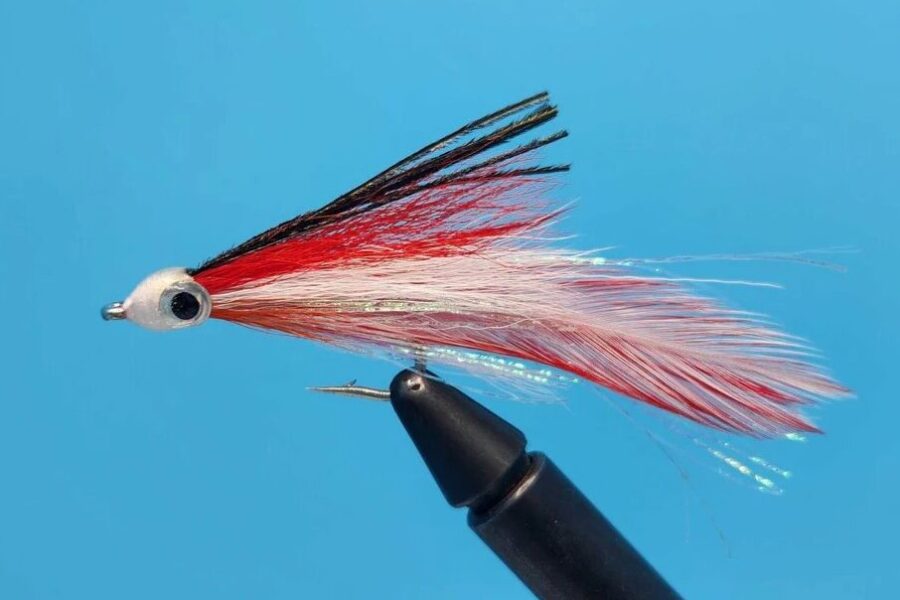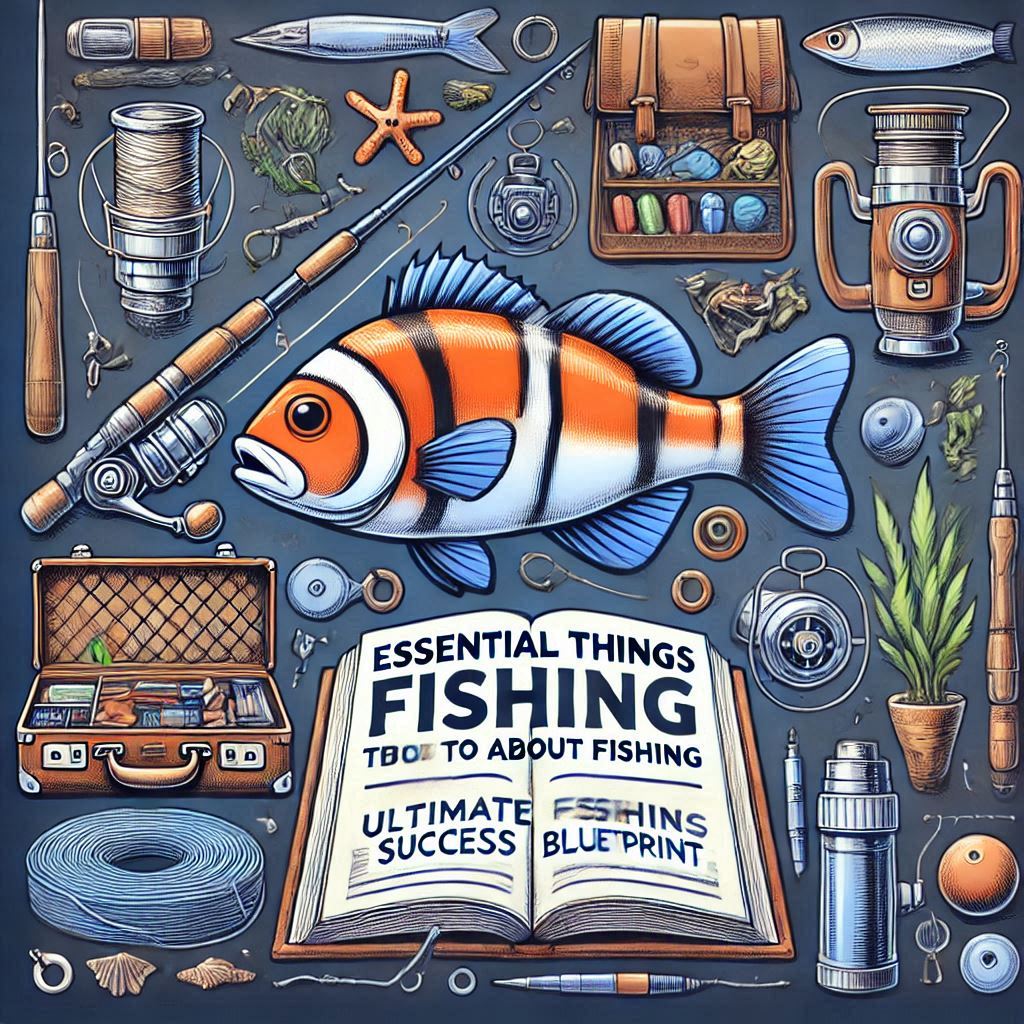Mastering the Art of Angling: From Novice to Skilled Fisherman
Essential Things To Know About Fishing: Your Ultimate Fishing Success Blueprint
Are you considering getting into a hobby that can be passed down for generations? Fishing is an accessible sport that doesn’t require extensive equipment to begin. Whether you’re a complete novice or have some experience, this comprehensive guide will provide you with valuable techniques to help make your next fishing trip a success. From selecting the perfect bait to understanding lunar patterns, this comprehensive guide equips you with expert knowledge on gear selection, weather impacts, and conservation practices. Whether you’re casting your first line or perfecting your technique, discover the secrets to becoming a skilled angler while preserving our aquatic ecosystems.
Mental and Physical Preparation
Research and Preparation fundamentals
Always do thorough research before fishing. Fishing is more complicated than it first appears. You need to know which fish you are pursuing, their natural habitats, and how weather influences their habits. You can find valuable information online or in books about fishing. Join local fishing clubs or online communities to learn from experienced anglers.
Maintaining a Positive Attitude
No matter your experience level, you should always approach fishing with a positive frame of mind. Fishing can be very frustrating, and negativity can spoil an outing quite easily. Don’t get too frustrated even if you’ve been fishing without any bites. Remember that patience is key, and even experienced anglers have slow days.
Personal Comfort and Protection
Insect Protection Strategies
While focusing on your fly selection is important, don’t forget about personal comfort during your fishing session. Pack bug spray with your fishing gear. When you go fishing, you’ll often find yourself surrounded by insects and bugs. If you neglect to pack bug spray in one form or another, you may find yourself overtaken by mosquitoes. You don’t want to end or start your fishing trip in a swarm of bugs. Consider using both topical repellents and protective clothing.
First Steps into Fishing
Proper Attire and Appearance
A fisherman should wear clothing that blends in with the surroundings. Fish do not see overly well, but they can detect colors, so avoid wearing bright colors or obvious patterns that could alert fish or scare them away. Opt for earth tones and muted colors that match your environment. Additionally, consider wearing layers that can be adjusted as weather conditions change throughout the day.
Core Equipment Essentials
You should use sinkers if you are fishing in the winter. The size and amount of sinkers placed on the fishing line depends on various factors including water depth, current strength, and target species. Understanding how to adjust your equipment for different seasons and conditions is crucial for consistent success.
Pre-Trip Preparation
Make sure that you have everything you need before you leave for your fishing trip. Having to go back for forgotten items can ruin the perfect fishing trip. Double check that you’ve brought food, refreshments, and the proper tackle. Create a checklist and review it before each outing to ensure nothing is forgotten.
Mastering Angling Techniques
Bait Selection Strategy
Different fish species have distinct preferences when it comes to bait. For instance, catfish prefer raw chicken livers, while bream prefer insects, requiring crickets for bait. Learning about your target species’ feeding habits and preferred foods will significantly improve your success rate. Consider carrying multiple bait options to adapt to changing conditions and fish preferences.
Casting Technique
Since casting is such an essential part of fly fishing, it is crucial that you have your cast perfected before you hit the water. Practice in your backyard or an open space before heading to your fishing spot. You will know that your hard work is starting to pay off when you actually hook more fish with time.
Exploring Surf Fishing
Have you ever considered trying surf fishing? This is a great way to enjoy fishing and swimming simultaneously. You can use artificial lures, shrimp, or other bait in your attempts to catch these tasty fish. Surf fishing offers unique challenges and rewards compared to freshwater fishing.
Nature’s Impact on Fishing
Weather patterns and Fish Behavior
A cloudy day is often ideal for fishing. When the sky is cloudy and the water is dark, fish tend to be more active in their search for food they can’t easily see. The weather can mean the difference between a miserable and a memorable fishing trip. Know what you’re in for by checking the weather before you leave. Check both the short-term and extended forecast before planning your outing. Don’t be afraid to reschedule if severe weather threatens.
Adapting to Seasons
The best time to go fishing is often during overcast conditions. Even a little bit of rain can lead to good results. While the weather might not seem ideal, challenging conditions can sometimes provide the best fishing opportunities. Just ensure you’re properly equipped for the conditions.
Lunar Impact on Fishing
Fish are usually very busy during the full moon and will be easier to catch. However, you should understand that this also means that you will be more visible, so you’ll have to take precautions against this. Consider fishing during dawn or dusk during full moon periods for optimal results.
Responsible Angling Practices
Catch and Release Techniques
Proper catch and release methods require you to unhook the caught fish and return it to the water carefully and quickly. This fishing method helps keep the fish population stable, resulting in more fishing opportunities in the future. Use barbless hooks when possible and avoid touching the fish’s gills or removing its protective slime coating.
Proper Fish Care Guidelines
Don’t fight with fish that you plan to release. Fighting with a fish will likely cause it serious injuries. Just cut the line if it is giving you a hard time. Understanding proper catch-and-release techniques helps maintain healthy fish populations for future generations.
Environmental Stewardship
If you don’t want your garbage to smell horrible after cleaning fish, you can bury the organs and heads. However, if there are animals around such as cats or dogs that might dig them up, consider alternative disposal methods. Always follow local regulations regarding fish waste disposal.
Fish Population Conservation Mindset
Try not to waste the fish that you catch. While it’s exciting to catch fish, it’s very wasteful to keep more than you can use. If you find you have caught more than you need, consider releasing some or sharing with family or friends. Responsible harvesting ensures sustainable fishing for years to come.
Advanced Fishing Expertise
How to choose a Lure
You need to choose particular lures based on current fishing conditions. Depending on the time and part of the water you’re in, you will need different types of bait to lure them in. Each lure serves a unique purpose and works best for different species and locations. It often takes practice to find the right lure for each specific situation, so don’t be afraid to experiment. When it comes to trout fishing specifically, specialized flies represent some of the most effective and time-tested lures available.
Essential Trout Fly Patterns
For those targeting trout, selecting the right fishing fly pattern can boost your catch rate. Among the many proven fishing fly patterns available, two classic designs stand out for their consistent effectiveness across various conditions.
The Royal Wulff has earned its place as one of fly fishing’s most iconic trout fishing fly patterns. Its distinctive white-posted wings and peacock herl body create an eye-catching silhouette that trout find irresistible. While it doesn’t precisely imitate any specific insect, the Royal Wulff’s high-floating design and attractive profile make it an excellent searching pattern when no obvious hatch is occurring. The pattern’s ability to stay visible in rough water and low-light conditions makes it particularly valuable during evening fishing sessions.
The Beadhead Prince Nymph represents the gold standard in subsurface trout fishing. The addition of a brass or tungsten bead helps this pattern achieve the proper depth quickly, while its peacock herl body and white wing biots create a realistic profile that triggers strikes from feeding trout. This versatile pattern effectively imitates various aquatic insects and can be fished successfully in both fast and slow water throughout the year.
Equipment Longevity
Reel Care Maintenance
Keep your fishing reel clean and well-lubricated. Casting and reeling in fish are both important aspects of fishing that rely on properly maintained equipment. A well-lubricated reel enables quicker and more accurate casting while allowing almost effortless reeling. Regular maintenance of your gear can make a huge difference in your results.
If you apply these comprehensive tips and techniques, you could be well on your way to developing a lifelong hobby that you can enjoy for many years to come. Get out there with your loved ones and begin bonding through quality fishing time. Fishing offers an enjoyable way to create lasting memories while developing valuable outdoor skills. Remember that becoming a skilled angler takes time and patience, but the rewards of this fulfilling hobby make it well worth the effort.

